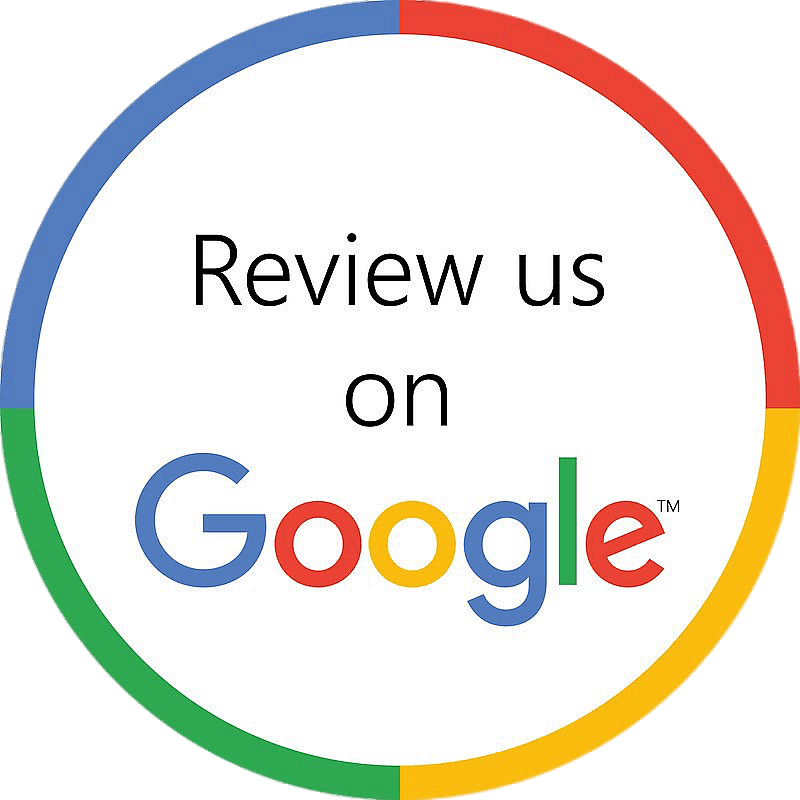Search engine optimization (SEO) is a vital part of any digital marketing strategy. SEO tools can be used to help increase website visibility and traffic, resulting in higher search engine rankings. In this article, we will explore how to effectively use SEO tools to boost your search engine ranking. We will look at the different types of SEO tools available, how to select the right one for your website, and strategies for optimizing your website with these tools.
What is SEO?
SEO, or search engine optimization, is a method of improving the visibility of a website in search engine results. This means that when people type in keywords related to the topic of your site, it will increase the chances of your website appearing first on their list. To achieve this effect, SEO involves a number of techniques and strategies. These include creating relevant content that is optimized with keywords and phrases related to the topic; ensuring technical aspects such as page loading speed are up-to-date; setting up internal links between pages on your website; building backlinks from other websites; optimizing images; providing meta descriptions for all pages on your site and many more.
By utilizing various SEO tools available, businesses can gain an edge over their competition and ensure their website appears at the top of search results for certain keywords. Some popular SEO tools include keyword research tools which allow users to identify relevant terms and phrases used by customers when searching for products or services online, link analysis tools which provide insight into how many backlinks a webpage has received from other websites, and analytics software which provides useful insights into user behavior on the website. Additionally, there are also tools specifically designed to help optimize content for better ranking positions in organic searches such as keyword density checkers or plagiarism detectors. With these powerful SEO tools at hand, businesses can effectively boost their ranking on major search engines like Google or Bing.
Benefits of Using SEO Tools
SEO tools increase the visibility of a website by improving its online ranking. They can be used to optimize webpages, analyze keywords and link building, as well as monitor website performance and research competitors.
Using SEO tools can help boost your website’s ranking in search engine results pages (SERPs). Tools such as keyword research and competitive analysis provide insights into the best words and phrases to use on your site, making it easier for customers to find you. Link building analysis helps identify opportunities to build relationships with other websites that are relevant to yours, which is another great way to improve your rankings. Additionally, some tools allow tracking of changes in ranking over time so you can adjust tactics accordingly for maximum success.
Finally, SEO tools also provide reports that help identify areas where improvements are needed or potential problems arise. This allows for efficient optimization of webpages so that they can better meet customers’ needs and expectations while helping maintain a good reputation online. With these benefits in mind, it is clear why using SEO tools is an essential part of any successful digital marketing strategy.
Identifying Keywords & Phrases
Identifying key words and phrases is a critical step in SEO. To maximize your chances of appearing in searches, you need to carefully select your target keywords and phrases. Using the right keywords can help drive more traffic to your website, boost your search engine rankings, and give potential customers more insight into what you offer.
The first step in identifying the right keywords is understanding what kind of content you want to produce. For example, if you are a business that sells pet products online, then some possible keywords or topics might include “pet supplies”, “dog toys”, or “cat food”. Once you have identified the types of content that would be beneficial for your website, it’s time to start researching which specific terms will help draw visitors.
To begin with, create a list of words and phrases related to the content on your site. You can use tools like Google Trends or keyword research software such as SEMrush or Ahrefs to generate lists of popular search terms related to your topic area. Look for both long-tail (3+ word) and short-tail (1-2 word) search terms – this will provide broader coverage across different types of queries from users looking for different solutions. Additionally, look at competitor websites for ideas on which keywords they’re targeting so that you can stay competitive in the SERPs (Search Engine Results Pages).
Improving Content Quality
One of the best ways to improve content quality is to use SEO tools. These tools can help you identify areas that need improvement and also provide insight into how your content is performing. For example, keyword research tools can help you determine what keywords are most successful for your website, which can then be used throughout your text in order to optimize it for search engine rankings. Additionally, these tools can provide information about competitor websites, allowing you to see what techniques they are using and how you compare.
Another way to boost your ranking with SEO is by optimizing page titles and meta descriptions. These tags tell search engines what your content is about and should include important keywords related to the topic of the page. Utilizing meta tags correctly will ensure that when users enter search queries related to those words, they will find your website more easily than if those words were not included. Additionally, including relevant images and videos with alt text gives readers an idea of what your content has to offer before clicking through – further improving user engagement rates.
Technical Optimizations
Using technical optimization tools can help you boost your website’s rank in the search engine result pages (SERPs). These tools can help you identify opportunities to improve the speed and performance of your site, as well as indexability issues that may be preventing your content from appearing in SERPs. Additionally, these tools can provide insights into how other websites are outperforming yours.
One way to optimize a website is by optimizing its page loading speed. This includes reducing image sizes, enabling compression, and leveraging browser caching. Each of these techniques reduces the amount of time it takes for a webpage to download and display on a user’s browser. Improving page load speeds will instantly make your website more desirable to both users and search engine crawlers alike.
Another way to utilize technical optimization tools is by utilizing schema markup language or structured data markup. Structured data allows search engines like Google to better understand exactly what information is contained within webpages, making it easier for them to show relevant results for queries related to that content in SERPs.
Tracking Your Progress
Keeping track of your progress is essential to the success of any SEO campaign. There are a variety of tools available that can help you measure and evaluate your SEO efforts, allowing you to make informed decisions about where and how to best invest your time and resources.
Google Analytics is an excellent tool for tracking website performance metrics such as traffic, page views, bounce rate, conversions, and more. It’s also helpful for monitoring keyword rankings within organic search results pages. Bing Webmaster Tools is another tool that can be used to track keyword rankings on Bing’s search engine result pages. Other tools like SEMrush offer an array of features for tracking not only keyword rankings but also competitor data including online visibility score, backlinks analysis and more.
Ultimately the most effective way to track progress with SEO is by using a combination of different tools in order to gain insights into how users interact with your website content and what changes need to be made in order to optimize it further. By having access to all this powerful data you’ll be able to better focus on areas that will drive the best results for your business goals.



